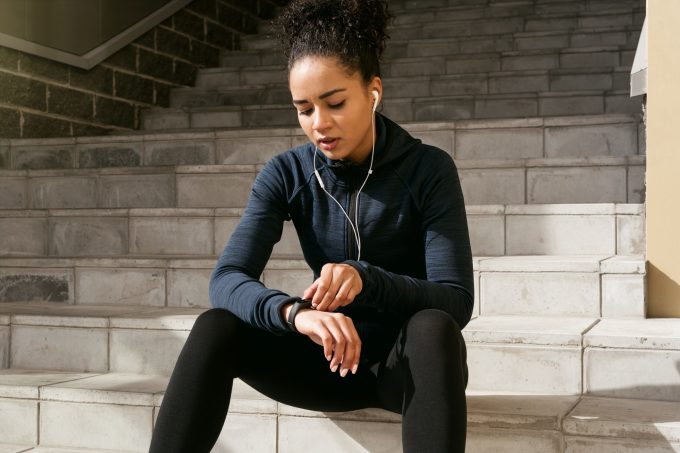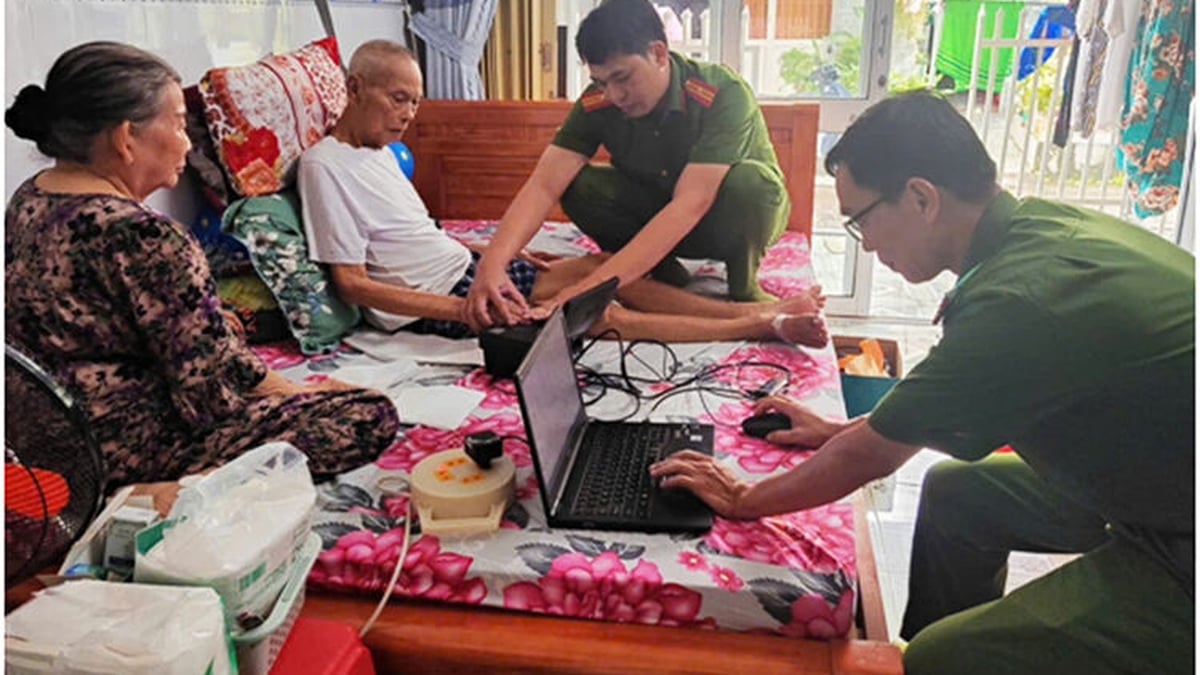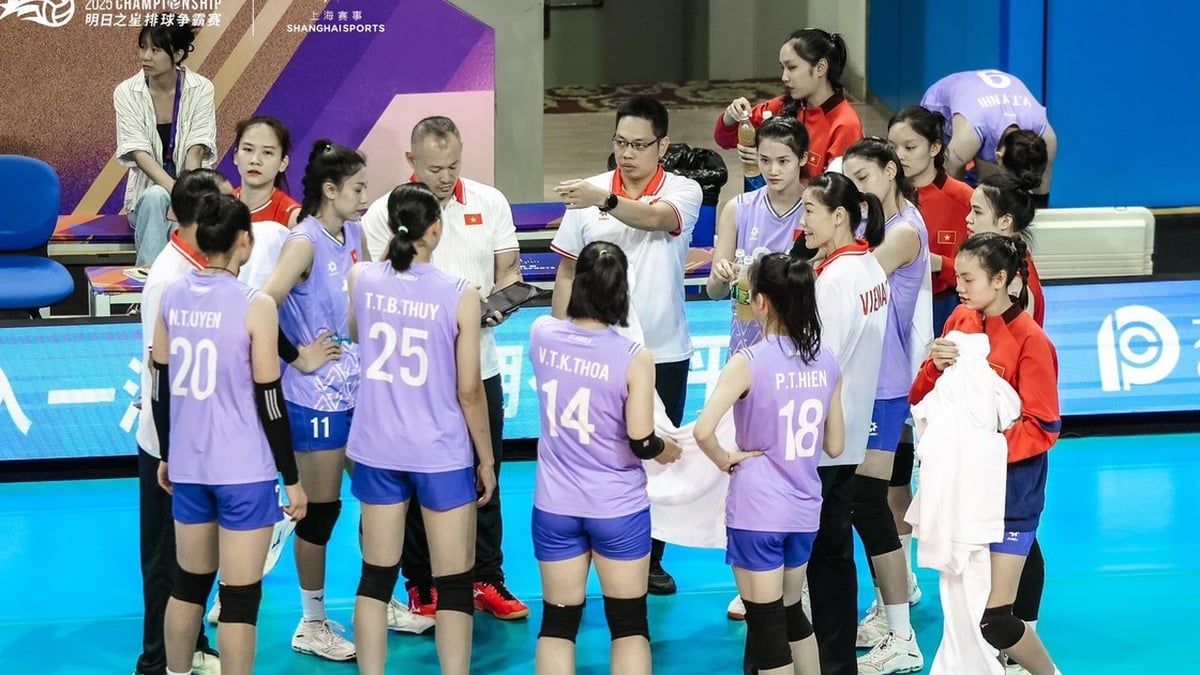Heart rate variability (HRV) is a performance metric that helps runners better understand their recovery and fitness levels.
According to Running Magazine , HRV - heart rate variability is the space between heartbeats. Heart rate variability of people aged 20-25 usually fluctuates between 55-105 ms (milliseconds), while the elderly group from 60-65 years old will fall between 25-45 ms.
What role does heart rate variability play in running?
For runners, HRV serves as a key indicator of training intensity and recovery. If heart rate variability is high, it shows that the body is recovering effectively and adapting to the training intensity. At the same time, it also reflects a good mental and emotional state. Conversely, when this index is low, it is a sign that the body is not recovering enough, overtraining. This can increase the risk of injury and burnout.
Tracking HRV may also improve running performance. Some studies have shown that endurance training based on heart rate variability has a small but positive effect on VO2 max — oxygen consumption.

Runners track HRV with smart running devices like watches. Photo: Running Magazine
Instead of trying hard and following a pre-set plan, runners can flexibly adjust the intensity and volume of exercise based on HRV. If this index tends to decrease, runners should reduce the intensity of exercise and focus on recovery. If HRV is higher than normal, the intensity of exercise can be increased.
Heart rate variability typically decreases during running, but this is not a cause for concern. The human body tends to perceive exercise as stress and activates the sympathetic nervous system, which reduces HRV. However, this is only temporary. Runners can improve this by resting. If it does not improve, see a doctor.
HRV is a sensitive index, which varies from person to person. This index fluctuates during the day, between days. Young people often have higher indexes than the elderly; men have higher indexes than women; professional athletes have higher indexes than amateur athletes, endurance athletes often have higher HRV than speed athletes...
How to measure HRV?
Measuring HRV index is a feature available on many technology devices for runners, integrated into chest heart rate monitors, smart watches of brands such as Apple, Coros, Garmin, Fitbit... The steps to perform the measurement are different, depending on the device, but basically, the user will do it while resting, sitting or lying down.

HRV index displayed on smart watch. Photo: Garmin
What to do to improve HRV?
Like maximum heart rate, heart rate variability scores decrease as a runner ages. An increase in this score indicates improvements in overall fitness and health, and helps the runner know if the body is ready to increase the intensity of training. Meanwhile, a decrease in the score indicates that overall health needs more attention.
HRV is affected by many factors such as: physical activity level, psychological stress level, diet and sleep quality. To improve this index, runners need a scientific training regimen - balancing volume and intensity to give the body time to recover. Note that supplementing enough water and minerals helps blood circulate well, circulate oxygen to cells, thereby balancing physical and mental activities that influence HRV.
To improve this index, runners should avoid alcoholic beverages. Some studies show that drinking too much beer or wine in one night will affect HRV for the next 5 days. In addition, sleep quality also plays an important role in ensuring that the heart rate variability index is always in a good state.
Lan Anh (According to Running Magazine )
Source link






























































































![[Infographic] In 2025, 47 products will achieve national OCOP](https://vphoto.vietnam.vn/thumb/402x226/vietnam/resource/IMAGE/2025/7/16/5d672398b0744db3ab920e05db8e5b7d)





Comment (0)